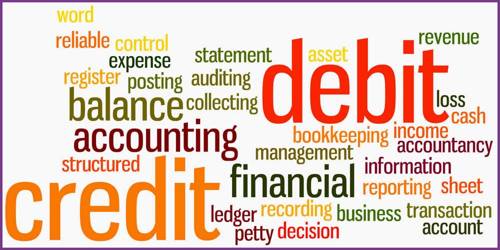Qualitative method of Credit Control in Central Bank
A Central bank use qualitative methods to meet up certain missions. The efficiency of credit control measures in an economy depends upon a number of factors. First, there should exist a well-organized money market. Second, a large amount of money in the movement should form part of the organized money market. Finally, the money and capital markets should be widespread in exposure and flexible in nature.
This method considers the usage of credit. Some qualitative methods are described below:
Rationing of credit: Sometimes central bank orders commercial banks to give loan in a certain sector, that is called rationing of credit. The demand and usage of the loan are considered here to select those sectors. Central banks loosely control in some sectors and tightened control in some sectors. As a result commercial bank cannot grant the loan to any sector. For example, giving priority to our RMG sector or ignore some industries for importing, etc. Rationing of credit can be applied in two ways:
- To select the ceiling of the maximum loan amount that is called a variable portfolio ceiling.
- To select the minimum capital reserve in the central bank, that is called variable capital Asset Ratio.
Direct Action: If any commercial bank ignores the rules and regulations provided by the central bank, then punishable steps will be taken against the particular banks. To control credit supply this type of step is taken. For example, sometimes a central bank does not provide loans or demand more with interest but to punish commercial banks that disobey the rules.
Moral persuasion: Central bank sometime controls the flow of credit morally. It makes the commercial bank flexible in time of credit supply. Central bank gives advice and requests to understand the importance of credit control. By this commercial banks encourage ethically to their responsibility.
Bank Rate: A change in bank rate affects other market rates of interest. An increase in bank rate leads to an increase in other rates of interest and conversely, a decrease in bank rate results in a fall in other rates of interest.
Selective method of credit control: In this method, selective sectors are followed to grant credit. That means where the credit is must it is given there.
- Allocation of credit to important sectors: By this method, less important sectors are ignored and more important sectors arc given priority in time of credit supply.
- Consumer’s credit control: In this method credit is increased or decreased for the consumable goods. Commercial banks supply a credit for some products for consumers. Central bank orders the commercial banks to increase or reduce the installments for the loan.
- Control of the marginal rate of security credit: Central banks use this method by increasing or decreasing the amount of security in security credit controlling. The commercial bank will discourage to take a loan and there is the credit flow will be limited.
Publicity Policy: By using media, the central bank sometimes tries to control credit flow. It publishes different to add, news, magazine, bulletin etc to encourage the scheduled bank to control credit. These annual reports describe all kinds of ways of increasing and decreasing the credit in various sectors of the economy to the commercial banks. The commercial bank then realizes the importance of credit control and does so as the rule.
By using those above-mentioned method central bank tries to control the flow of credit and keep it in a stable position.















